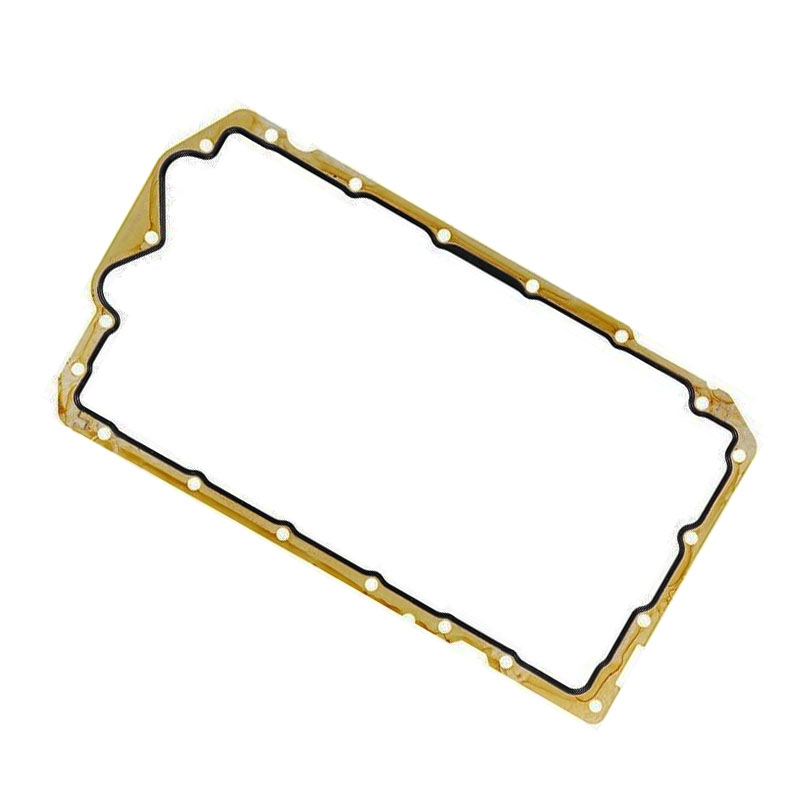Understanding the Importance and Replacement of Rear Differential Seals in Automotive Maintenance
Understanding the Importance of Rear Differential Seals
The rear differential seal plays a crucial role in the functionality and longevity of a vehicle's drivetrain. Positioned at the rear differential, this component acts as a barrier, preventing oil from leaking while maintaining the necessary lubricant within the differential housing. Understanding the importance, function, and maintenance of rear differential seals can help vehicle owners avoid costly repairs and enhance overall performance.
What is a Rear Differential Seal?
A rear differential seal is typically made from durable rubber or synthetic materials designed to withstand the extreme conditions within the differential housing. The differential itself is an essential component that allows wheels to rotate at different speeds, particularly when turning. It contains gear sets and fluids that need to be adequately lubricated to prevent wear and tear. The rear differential seal ensures that oil remains enclosed within this compartment, protecting the gears and preventing contamination from external elements.
The Importance of Rear Differential Seals
The primary function of the rear differential seal is to keep the differential fluid contained. This fluid is essential for lubricating the gears, reducing friction, and dissipating heat. If the rear differential seal fails, it can lead to a significant loss of fluid, resulting in insufficient lubrication. Consequently, this condition can cause the gears to wear out prematurely, leading to expensive repairs or even the need for a complete differential replacement.
Moreover, a failing rear differential seal can cause oil to leak onto other vehicle components, potentially creating safety hazards. For instance, if oil leaks onto the brakes, it could impair braking performance, leading to dangerous driving conditions. Therefore, maintaining the integrity of the rear differential seal is imperative for safe and reliable vehicle operation.
Signs of a Failing Rear Differential Seal
Vehicle owners should be vigilant about recognizing the signs of a failing rear differential seal. Common indicators include
rear diff seal

1. Fluid Leaks The most apparent sign of a failing seal is the presence of oil spots or puddles under the vehicle. Differential fluid is typically reddish or brown, making it relatively easy to identify.
2. Whining or Grinding Noises Unusual noises emanating from the rear of the vehicle while in motion may indicate insufficient lubrication due to a leak, warning of potential damage to the gears.
3. Increased Heat If the differential is not adequately lubricated, it can overheat. A vehicle may exhibit unusual heat levels in the differential area, resulting in further complications.
4. Vibration Excessive vibrations in the drivetrain can signal problems with the differential or a compromised seal.
Maintenance and Prevention
Regular maintenance is essential for prolonging the life of the rear differential seal. Vehicle owners should adhere to recommended service intervals, checking the differential fluid levels and condition. If fluid appears murky or has a burnt smell, it may indicate a need for replacement.
When servicing the rear differential, mechanics should inspect the seal for signs of wear, cracking, or deformation. If any issues are found, it’s critical to replace the seal promptly to prevent further damage.
In conclusion, understanding the role of the rear differential seal is vital for vehicle owners. This small but significant component is key to ensuring the safe and efficient operation of a vehicle. Regular maintenance and prompt attention to signs of failure can prevent costly repairs and extend the life of the differential, ultimately contributing to a smoother and more reliable driving experience.
-
Understanding the Importance of the Crankshaft Oil Seal in Engine Performance
News Jun.16,2025
-
The Unsung Heroes of Engine Protection: Understanding Automotive Shaft Seals and Oil Seals
News Jun.16,2025
-
Keeping the Engine Tight: The Role of Crankshaft Seals and Gaskets in Oil Control
News Jun.16,2025
-
Complete Protection in Harsh Conditions: A Deep Dive into Cassette Seals
News Jun.16,2025
-
Choosing the Right Oil Seal: A Guide to Trusted Brands and Suppliers
News Jun.16,2025
-
Advanced Sealing Technologies: Exploring the Range of Modern Oil Seals
News Jun.16,2025
-
Your Essential Guide to Car Repair Kits: From Rust to Dings
News Jun.13,2025
Products categories















